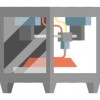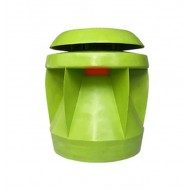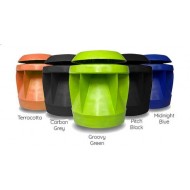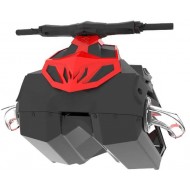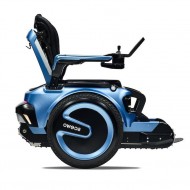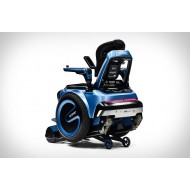Укажите рекомендуемую цену:
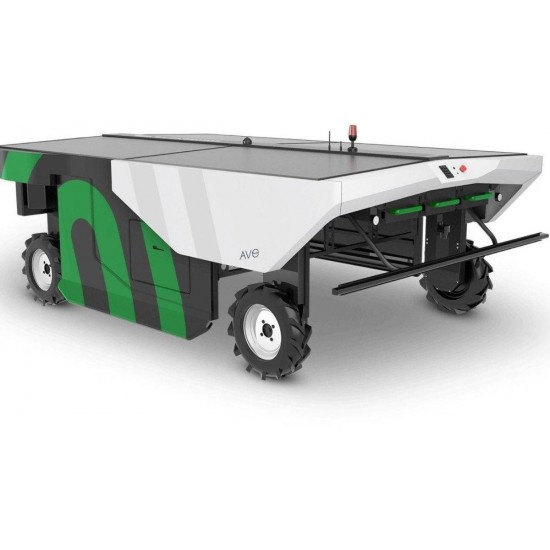
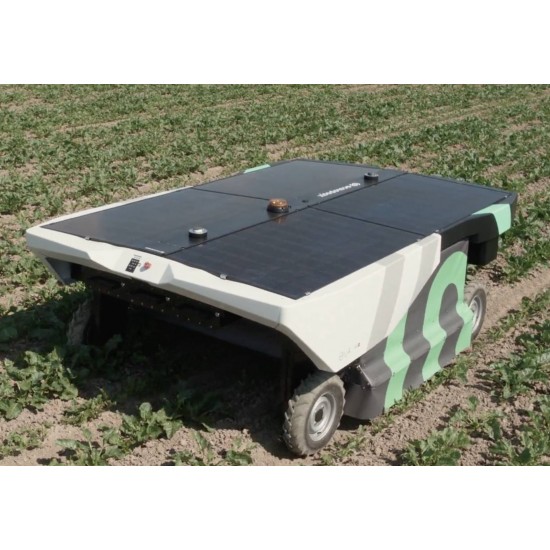
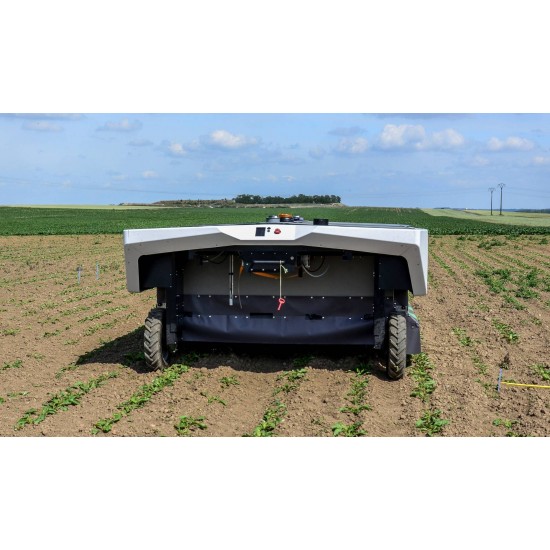
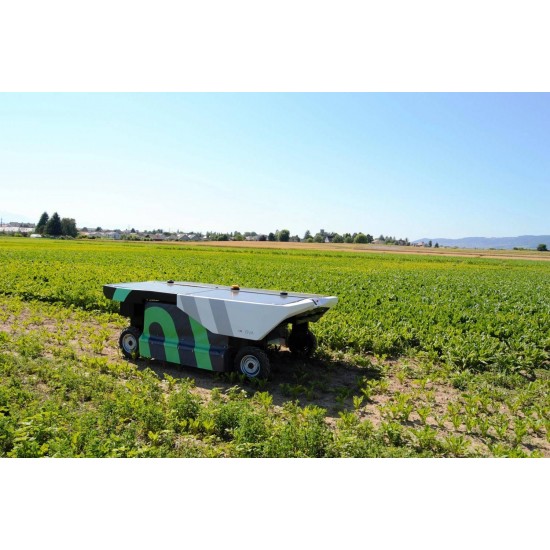
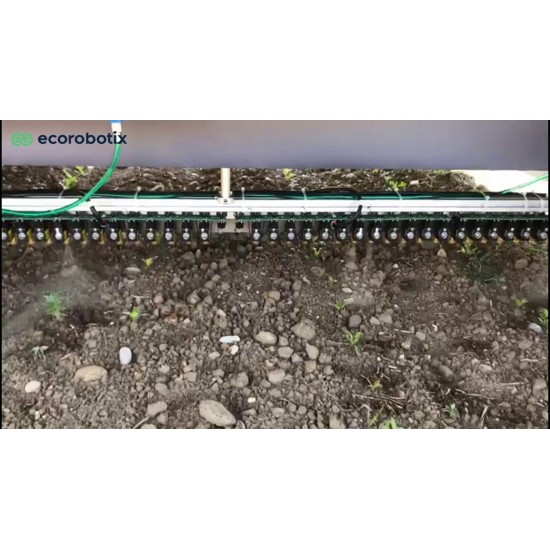

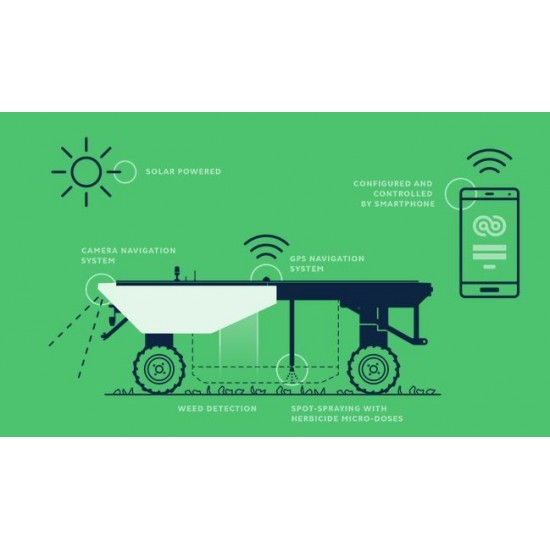
Бесплатно
Pre-Order







Автономный робот для прополки AVO ecoRobotix
Автономный робот для прополки AVO ecoRobotix выполняет автономные прополочные работы на ровных полях и пропашных культурах. Используя передовое машинное обучение, робот обнаруживает и выборочно опрыскивает сорняки микродозами гербицида. Обнаружение и опрыскивание с сантиметровой точностью сокращают объем используемого гербицида более чем на 95%, обеспечивая при этом отсутствие опрыскивания посевов для сохранения урожая.
AVO работает полностью автономно и питается от солнечной энергии и аккумуляторных батарей. Пользователь может ввести информацию о границах поля и линиях культур в программном интерфейсе пользователя. Затем система генерирует путь навигации с учетом ограничений поля и вводимых пользователем данных. Сочетая позиционирование GPS RTK и визуальную навигацию, AVO осуществляет навигацию с высокой степенью точности, обеспечивая минимальное опрокидывание урожая.
Система полного привода позволяет роботу преодолевать препятствия и работать на склонах, которые обычно встречаются при выращивании сельскохозяйственных культур. Все четыре колеса могут управляться независимо, что обеспечивает высокую маневренность робота и короткий радиус поворота, что позволяет свести к минимуму неизлечимые площади поля.
Благодаря скорости AVO можно достичь стандартной производительности 0,6 га в час. Робот также может работать в ночное время, что еще больше увеличивает его дневную производительность. В зависимости от условий солнечного освещения, заряда аккумулятора и условий местности робот может обрабатывать до 10 га в день (включая работу в ночное время).
ГОДОВАЯ СХЕМА ИСПОЛЬЗОВАНИЯ
С МАРТА ПО АПРЕЛЬ Уничтожение многолетних сорняков на лугах (например, румекс ) и на междурядных полях
С МАЯ ПО ИЮНЬ Прополка сахарной свеклы и стручковой фасоли *
С ИЮНЯ ПО АВГУСТ Уничтожение сорняков на лугах (например, румекс ), а также в межкорпусных полях и бобах
С СЕНТЯБРЯ ПО ОКТЯБРЬ Прополка рапса * и удаление многолетних насаждений на лугах (например, румекса ) и межкорпоративных культур
* Другие культуры находятся в стадии разработки и будут добавлены с новыми обновлениями программного обеспечения. Например шпинат, лук, салаты.
AVO работает полностью автономно и питается от солнечной энергии и аккумуляторных батарей. Пользователь может ввести информацию о границах поля и линиях культур в программном интерфейсе пользователя. Затем система генерирует путь навигации с учетом ограничений поля и вводимых пользователем данных. Сочетая позиционирование GPS RTK и визуальную навигацию, AVO осуществляет навигацию с высокой степенью точности, обеспечивая минимальное опрокидывание урожая.
Система полного привода позволяет роботу преодолевать препятствия и работать на склонах, которые обычно встречаются при выращивании сельскохозяйственных культур. Все четыре колеса могут управляться независимо, что обеспечивает высокую маневренность робота и короткий радиус поворота, что позволяет свести к минимуму неизлечимые площади поля.
Благодаря скорости AVO можно достичь стандартной производительности 0,6 га в час. Робот также может работать в ночное время, что еще больше увеличивает его дневную производительность. В зависимости от условий солнечного освещения, заряда аккумулятора и условий местности робот может обрабатывать до 10 га в день (включая работу в ночное время).
ГОДОВАЯ СХЕМА ИСПОЛЬЗОВАНИЯ
С МАРТА ПО АПРЕЛЬ Уничтожение многолетних сорняков на лугах (например, румекс ) и на междурядных полях
С МАЯ ПО ИЮНЬ Прополка сахарной свеклы и стручковой фасоли *
С ИЮНЯ ПО АВГУСТ Уничтожение сорняков на лугах (например, румекс ), а также в межкорпусных полях и бобах
С СЕНТЯБРЯ ПО ОКТЯБРЬ Прополка рапса * и удаление многолетних насаждений на лугах (например, румекса ) и межкорпоративных культур
* Другие культуры находятся в стадии разработки и будут добавлены с новыми обновлениями программного обеспечения. Например шпинат, лук, салаты.
- Запас: Pre-Order
- Модель: AVO
$0.00
Без НДС: $0.00




